Table of Content
In an important development for the real estate industry, the Maharashtra government has revealed an increase in Mumbai ready reckoner rates for the year 2025-26. The rates had been frozen for the last two years but will now increase by an average of 3.4%, an effort to reconcile official valuations of real estate in Mumbai with prevailing market conditions.
Understanding Mumbai Ready Reckoner Rates
The ready reckoner rates in Mumbai are the minimum rates outlined by the state government for registering properties. The ready reckoner rates enable the calculation of stamp duty, registration fee, and property tax, and serve as a benchmark to ensure that properties are transacted at a fair market value. With this recent adjustment, both homebuyers and developers will now have to deal with increased transaction costs, which may influence overall property prices in Mumbai.
Also Read: Mumbai Set to Redevelop Slums in Jogeshwari, Chembur & Kurla
Key Details of the Revision
The government’s decision to update the Mumbai ready reckoner rates by 3.4% is part of a statewide update. While a small increase will occur in Mumbai, other areas in Maharashtra will have larger increases. For example:
|
Area Category |
Proposed Increase (%) |
|
Mumbai |
3.4% |
|
Other Municipal Corporation Areas |
5.95% |
|
Municipal Councils & Nagar Panchayats |
4.97% |
|
Urban Areas |
3.29% |
|
Rural Areas |
3.36% |
|
Overall Maharashtra Average |
3.89% |
These revisions are intended to reflect the rising property values, driven by factors such as improved infrastructure, increased demand, and higher land acquisition costs.
Also Read: Godrej Properties Secures 6.54 Acres from CIDCO in Navi Mumbai for Rs 717 Crore
Specific Impact on Key Regions
The effects of the revised Mumbai ready reckoner rates will differ by city and region. Some key areas will likely see larger increases, such as Navi Mumbai, Thane, Nashik, and Solapur, which will probably affect residential and commercial transactions.
|
City/Region |
Proposed Increase (%) |
|
Navi Mumbai |
6.75% |
|
Thane |
7.72% |
|
Nashik |
7.31% |
|
Solapur |
10.17% |
This data highlights that while the Mumbai ready reckoner rates in Mumbai itself are seeing a modest rise, surrounding areas may experience more pronounced increases. These differences could shift market dynamics as buyers seek more affordable options outside the city core.
Implications for the Market
Homebuyers may see the modified Mumbai ready reckoner rates push up the cost of buying property, including:- Stamp duty and registration costs.As a result, overall property prices may see an increase if developers raise their prices due to the additional costs. However, it is expected that the changes will boost government revenue and reflect a more realistic valuation of properties in line with market data.
Developers are worried the elevated interest rates could hamper sales, especially during a time when the industry is grappling with economic volatility. While this is the viewpoint of the developers, industry professionals indicate that the new rates will ultimately help form a real estate market that is more transparent and sustainable.
Conclusion
The increase of 3.4% in the Mumbai ready reckoner rates is a significant step in the Mumbai property market. Though the net outflow for homebuyers will increase due to these new proposed rates, property values will more correctly represent current market conditions. Since the rest of the state, outside Mumbai, has experienced increased increases at a much higher rate, all stakeholders in real estate will have to adapt to the changes and modify their current plans. Being consistent in understanding these changes will be important for strategy and investment decisions in a changing, evolving housing market.
Also Read: Maharashtra Exempts Stilt Parking Height from Building Limits Under the 12.5% Scheme

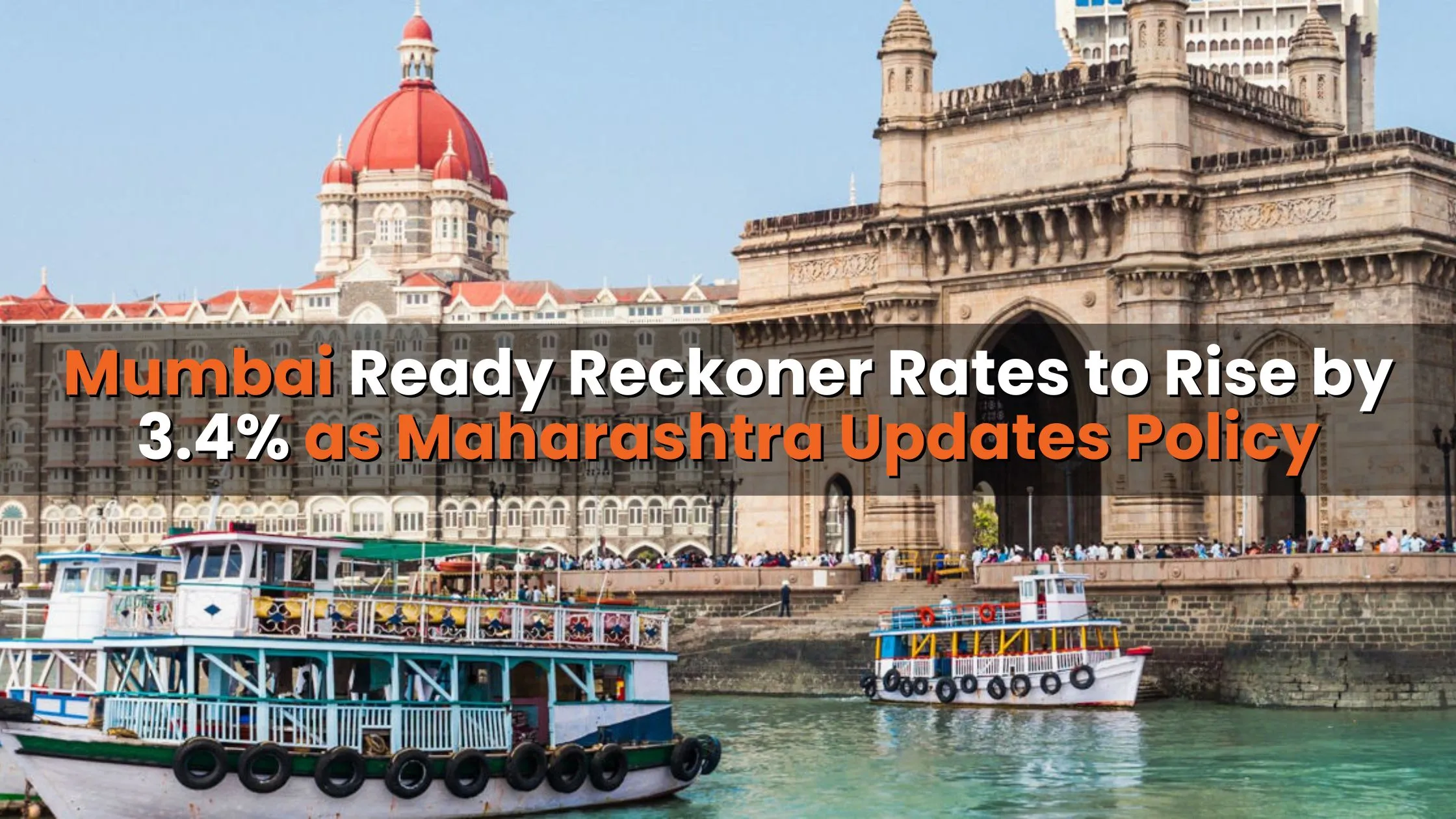
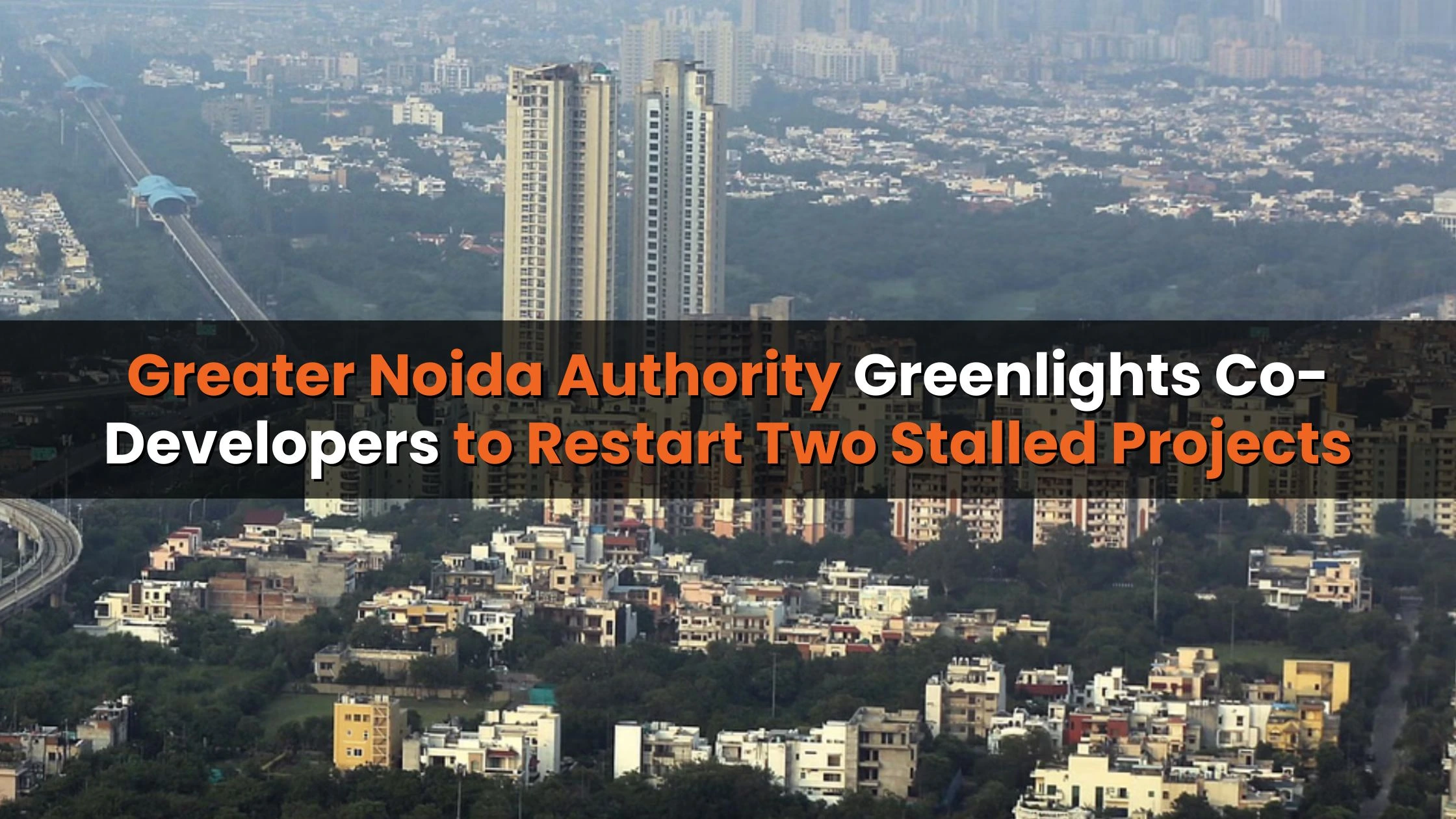
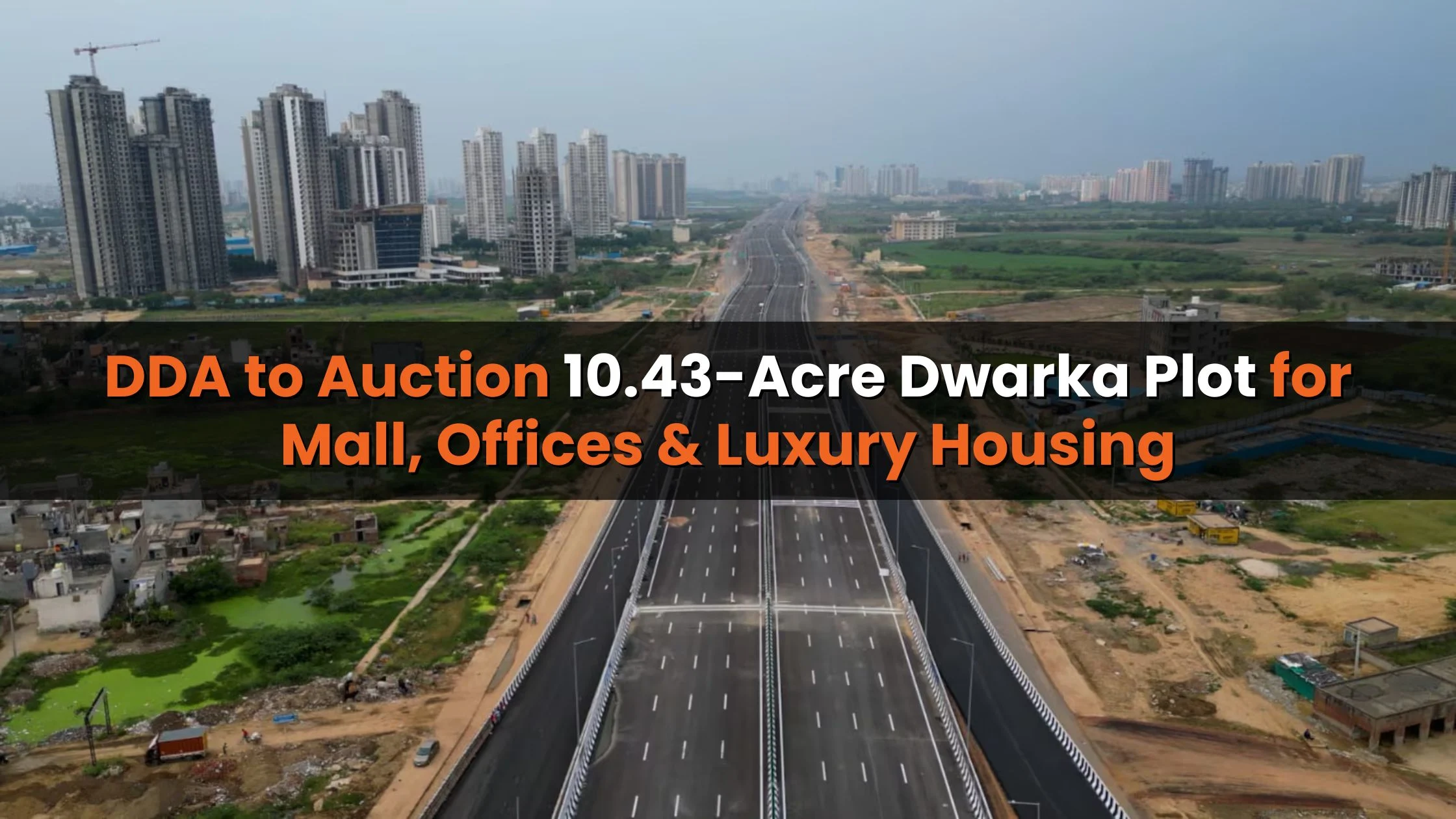
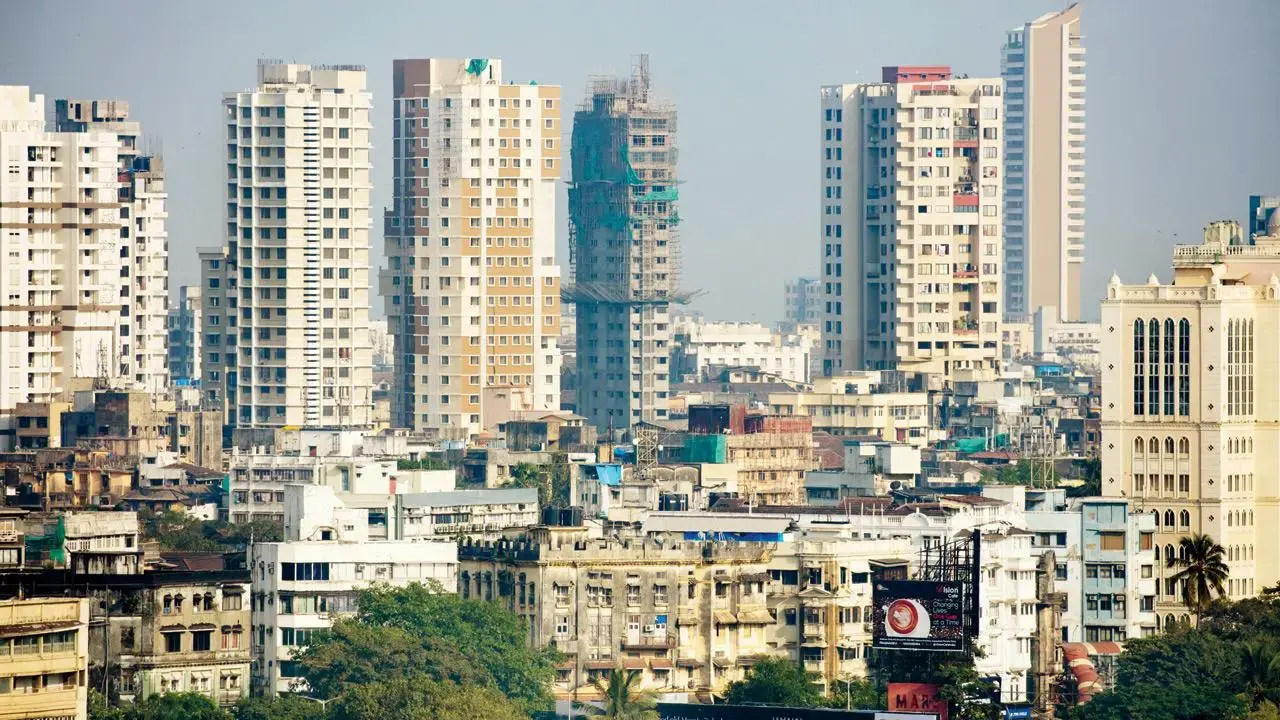
_1764657403.webp)

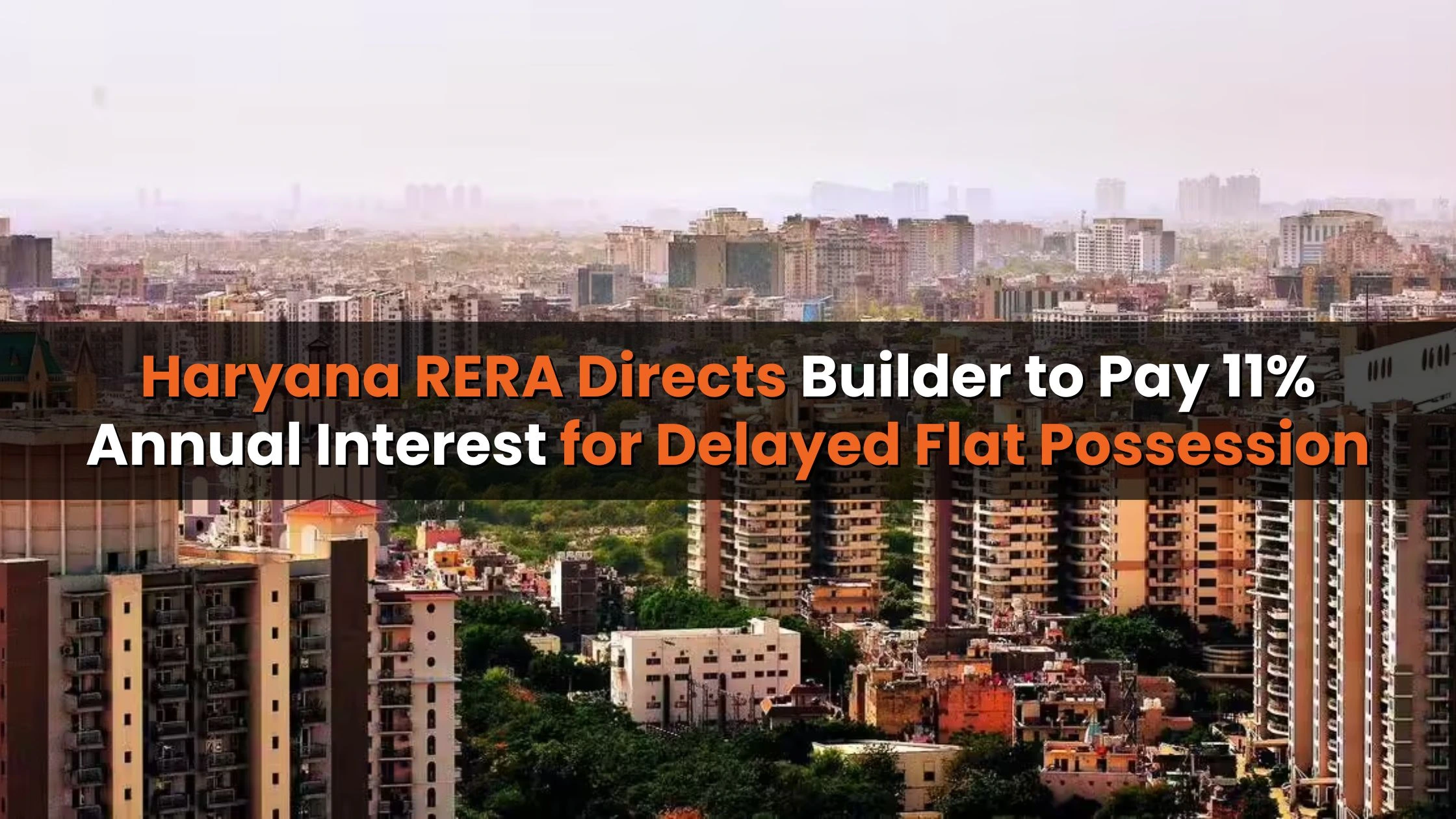
Ans 1. Ready Reckoner rates are the minimum values determined by the state government for property transactions. They are used to calculate stamp duty, registration fees, and property taxes to ensure properties are transacted at fair market values.
Ans 2. The 3.4% increase in Mumbai's RR rates will lead to higher stamp duty and registration costs for homebuyers, making property purchases more expensive.
Ans 3. Solapur city has the highest increase at 10.17%, followed by Ulhasnagar at 9%, Amravati city at 8.03%, and Thane city at 7.72%.
Ans 4. The government aims to align official property valuations with current market conditions, reflecting factors such as improved infrastructure, increased demand, and rising land acquisition costs.
Ans 5. Yes, developers have expressed concerns that the increase may escalate construction costs and property prices, potentially affecting the affordability and sales of housing units.
Ans 6. RR rates are typically revised annually. However, they had been unchanged for the past two years before this recent adjustment for the 2025-26 financial year.
Ans 7. Prospective buyers should factor in the higher transaction costs due to increased RR rates and plan their finances accordingly. Consulting with real estate professionals can provide insights into navigating these changes.
Ans 8. Mumbai has one of the lowest increases at 3.4%, compared to higher hikes in other municipal corporation areas.